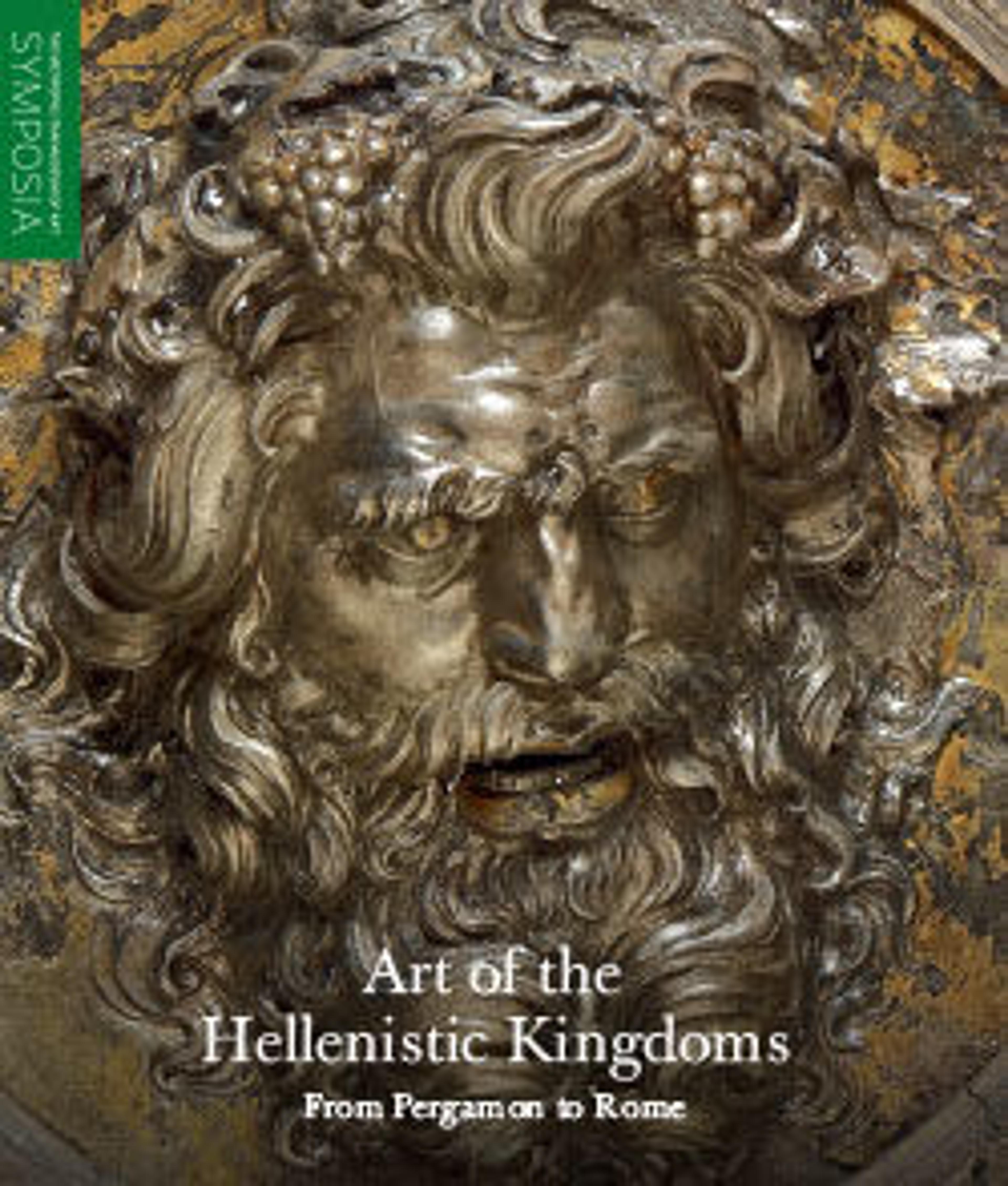Terracotta Megarian bowl
This vase belongs to a select group of bowls decorated in relief with scenes from epic poetry and from Classical Greek tragedy. Depicted here are five scenes from Euripides's play Iphigenia at Aulis, including inscriptions that identify the figures. Represented are: Agamemnon, who has weakened in his resolve to sacrifice his daughter to Artemis, biding his slave to take a letter to his wife, Clytemnestra, instructing her not to send her daughter to Aulis; Menelaos, Agamemnon's brother, taking the letter from the messenger by force; Menelaos, with the letter in hand, blaming Agamemnon for refusing to go through with the sacrifice; a messenger, bringing news to Agamemnon that Iphigenia has arrived; and the cart that has come from Argos, bearing Queen Clytemnestra and her children, Iphigenia and the little Orestes. The story continued on a second bowl, examples of which are preserved, again with five episodes, concluding with Iphigenia's meeting with Achilles. It is likely that a third bowl brought the story to its conclusion with Iphigenia's sacrifice.
Artwork Details
- Title:Terracotta Megarian bowl
- Period:Hellenistic
- Date:2nd century BCE
- Culture:Greek, Boeotian
- Medium:Terracotta
- Dimensions:h. 3 1/4 in. (8.3 cm); w. 5 1/2 in. (14 cm)
- Classification:Vases
- Credit Line:Purchase, 1931
- Object Number:31.11.2
- Curatorial Department: Greek and Roman Art
More Artwork
Research Resources
The Met provides unparalleled resources for research and welcomes an international community of students and scholars. The Met's Open Access API is where creators and researchers can connect to the The Met collection. Open Access data and public domain images are available for unrestricted commercial and noncommercial use without permission or fee.
To request images under copyright and other restrictions, please use this Image Request form.
Feedback
We continue to research and examine historical and cultural context for objects in The Met collection. If you have comments or questions about this object record, please contact us using the form below. The Museum looks forward to receiving your comments.
